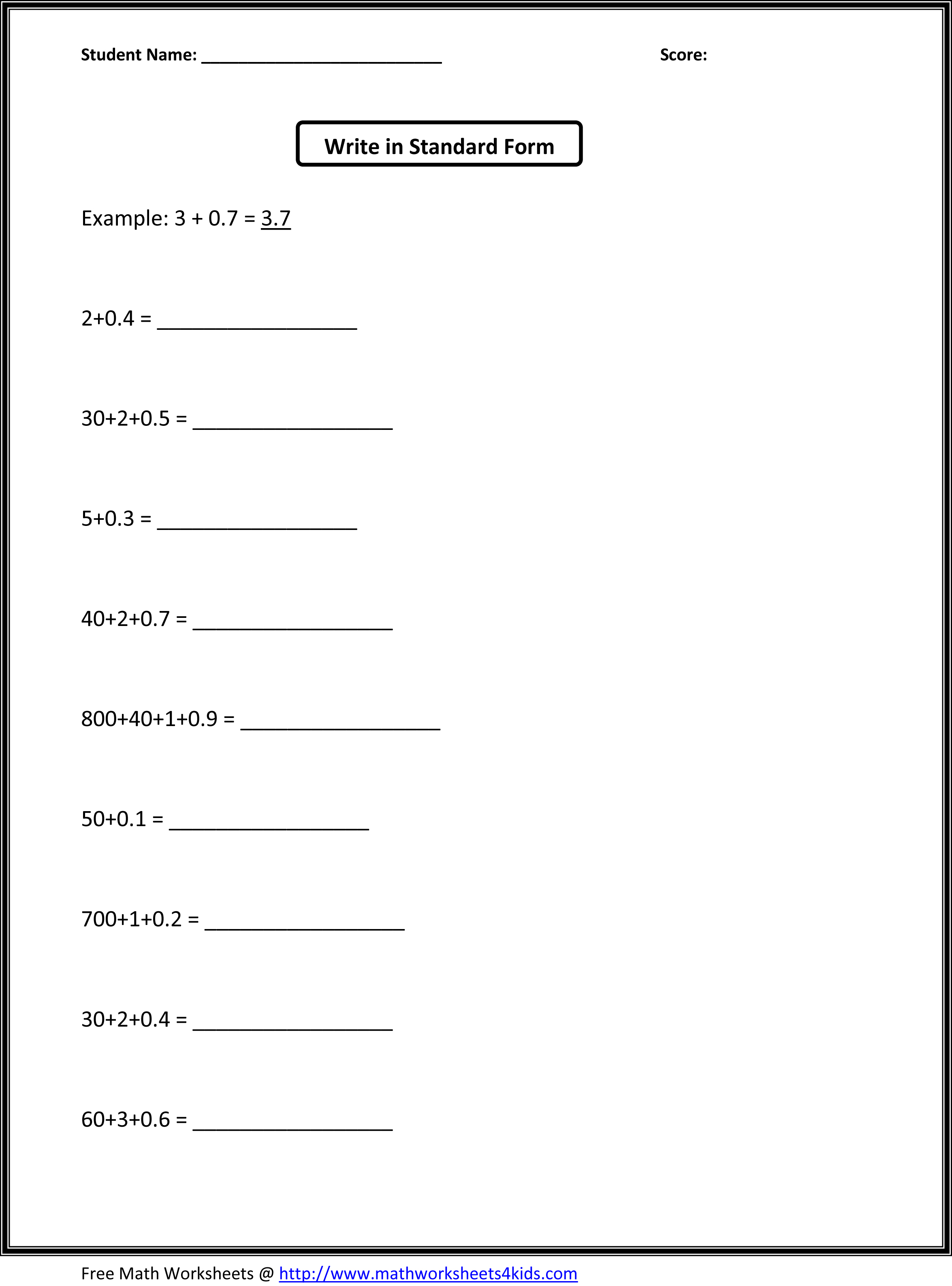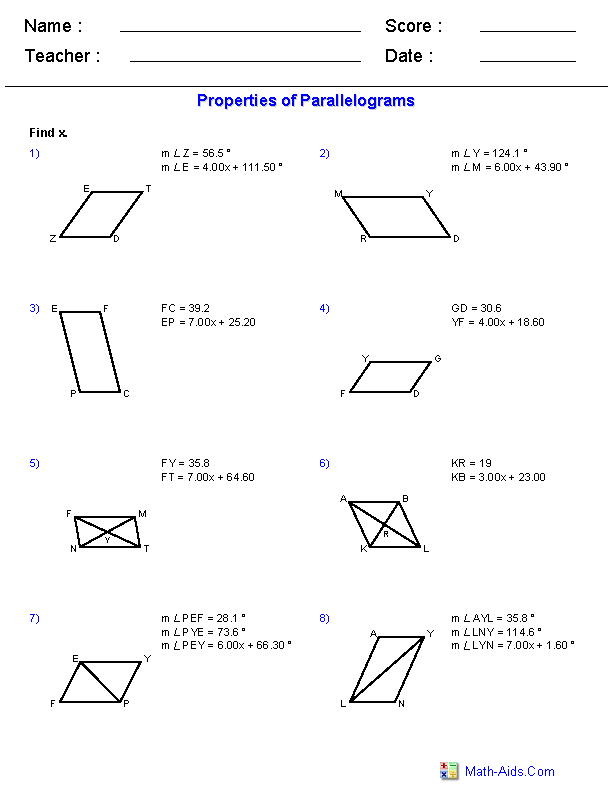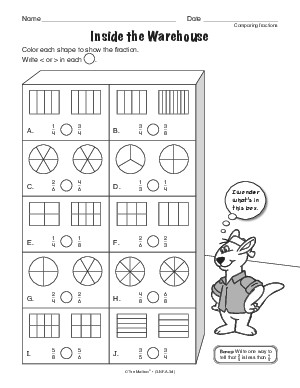Identifying Polygons Worksheet
Polygons are an essential concept in geometry, and being able to identify and classify them is crucial for understanding their properties and relationships. With our Identifying Polygons Worksheet, students can strengthen their skills in recognizing different types of polygons and become more confident in working with these geometric figures. This worksheet is designed for learners at the middle school level who are eager to expand their knowledge of shape recognition and enhance their understanding of geometric entities and subject matter.
Table of Images 👆
More Other Worksheets
Kindergarten Worksheet My RoomSpanish Verb Worksheets
Cooking Vocabulary Worksheet
DNA Code Worksheet
Meiosis Worksheet Answer Key
Art Handouts and Worksheets
7 Elements of Art Worksheets
All Amendment Worksheet
Symmetry Art Worksheets
Daily Meal Planning Worksheet
What is a polygon?
A polygon is a two-dimensional shape that is formed by connecting straight line segments to create a closed figure with multiple sides. The sides of a polygon do not cross each other, and each vertex where the sides meet is called a corner. Examples of polygons include squares, triangles, pentagons, and hexagons.
How can you identify a polygon based on its sides?
You can identify a polygon based on its sides by counting the number of sides it has. A polygon is a closed figure with straight sides, so if a shape has at least three sides and all sides are straight, it is a polygon. Common polygons include triangles (3 sides), quadrilaterals (4 sides), pentagons (5 sides), hexagons (6 sides), and so on. By counting the number of sides, you can determine which type of polygon you are dealing with.
What is the difference between a regular and an irregular polygon?
A regular polygon has all sides and angles that are equal, while an irregular polygon has sides and angles of different lengths and measures. Regular polygons have a symmetrical shape with equal sides and angles, such as a square or equilateral triangle, while irregular polygons do not have this symmetry and can have different side lengths and angles, making them more unpredictable in terms of shape and size.
What is the formula to find the sum of the internal angles of a polygon?
The formula to find the sum of the internal angles of a polygon is (n-2) * 180 degrees, where n represents the number of sides of the polygon.
Can a polygon have more than four sides and still be called a quadrilateral?
No, a polygon cannot have more than four sides and still be called a quadrilateral. A quadrilateral specifically refers to a polygon that has four sides and four angles. If a polygon has more than four sides, it would be classified as a polygon with a different name based on the number of sides it has.
How many sides does a hexagon have?
A hexagon has six sides.
What is a concave polygon?
A concave polygon is a polygon that has at least one interior angle greater than 180 degrees, causing the shape to have at least one "cave" or indentation. This differs from a convex polygon, which has all interior angles less than 180 degrees and does not have any indentations.
How can you identify a convex polygon?
A convex polygon is identified by all interior angles measuring less than 180 degrees, meaning the polygon does not have any "indents" or regions where the angles turn inwards. In a convex polygon, any line segment drawn between two points on the boundary lies completely inside the polygon. This is in contrast to concave polygons, which have at least one interior angle measuring more than 180 degrees, causing the polygon to have at least one inward-pointing angle.
What is the difference between a convex and a concave polygon?
A convex polygon is a polygon in which all of the interior angles are less than 180 degrees, causing the polygon to not have any angles that point inwards. On the other hand, a concave polygon is a polygon that has at least one interior angle greater than 180 degrees, making the polygon have at least one angle that points inwards.
How can you determine if a line segment intersects the interior of a polygon?
You can determine if a line segment intersects the interior of a polygon by checking if the line segment crosses any of the edges of the polygon. If the line segment intersects with any edge of the polygon, then it intersects the interior of the polygon. Additionally, you can use the Ray-Casting algorithm to determine if the line segment intersects the interior of the polygon by counting the number of times the ray cast from any point on the line segment intersects with the edges of the polygon.
Have something to share?
Who is Worksheeto?
At Worksheeto, we are committed to delivering an extensive and varied portfolio of superior quality worksheets, designed to address the educational demands of students, educators, and parents.



























Comments